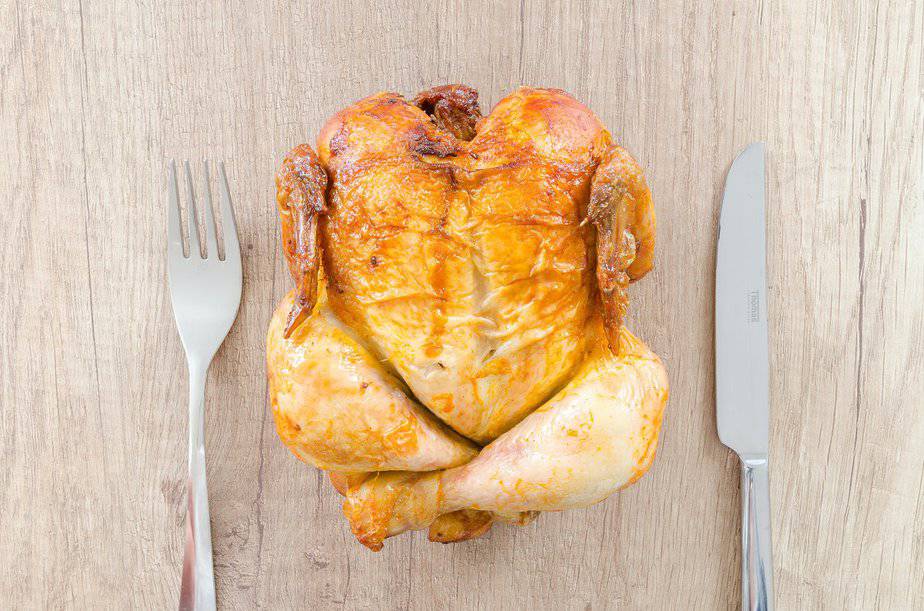Here is a Quick Recap if You Want TL;DR:
Choose the right breed and personality
Generally the large breeds – Labrador and Golden Retrievers along with standard Poodles are very tolerant of kids. However, each dog has its own personality so please check with the breeder or the dog shelter to know more about the animal before bringing it home.
Understand the pet’s behavior
Pets can become upset by too much stimulation. The Humane Society of the United States recommends teaching your kids to heed warning signs like hissing or lip curling, which indicate the animal wants to be left alone.
Teach the kids good manners

They should never disturb the dog while it is eating, taking a nap or playing with its favorite toy. Our dog hates when kids run towards her screaming. That sets her off and she runs away from them.
Keep your pet calm
Some dogs get very excited and agitated when confronted by lots of kids. Older dogs can be frightened by the high-pitched sounds and quick motions of children playing. Our dog really hates kids and we haven’t been able to get her over her dislike.
Keep an eye on things
Young children and dogs should always be supervised when together. And when your baby starts crawling, keep the dog by your side until it gets used to seeing a tiny human speeding across the floor.
Walk together
Children love holding a dog’s leash, but an adult should be there to supervise the walk:
- A child may not be able to control even the most mild-mannered dog if it is approached by another dog.
- Kids can tug too hard on the collar and leash, sometimes injuring the dog.
Demonstrate respect for the Dog
Children should learn which parts of the dog’s body they can touch and pet along with the ones that they cannot. Teach them how to touch the dog gently. For instance, your dog may love belly rubs and having its head stroked but hate having its ears or tail touched.
Choosing The Best Dogs With Kids

What Size of Dog Should You Bring Home?
Consider the size of the dog you want to bring home. You can opt for some really small breed like a Chihuahua or go XXL with a 300lbs English Mastiff. A small dog is not necessarily the best for small children. Huge dogs can also be great with kids, contrary to some popular beliefs. Other things to think about are your home situation. Large dogs in a small apartment or tiny dogs on a huge plot of land may not pose problems, but do you want to take the risk? Make sure to figure out what the situation is going to look like day to day once your dog is home.
Pick a Dog With a Kid-Friendly Personality
Mean dogs are the result of poor training. However, some breeds are likely to be more kid-friendly than others. Pitt Bulls, Rottweilers and German Shepherds are often cited as not being kid-friendly breeds. Dobermans and Dalmatians are known to be biters so we wouldn’t recommend them either. Some breeds are so rambunctious and high-energy that they are not compatible with small children. Aim for a dog that is docile, patient and tolerates to have its ears and tail tugged a bit.
Other Things to Consider
Dogs that require a lot of exercise such as larger terriers and most dogs over 50 lbs may not be able to have the attention required to keep them healthy and active. Other considerations in choosing a dog is how easy it is to clean up after, does it shed a lot, or does it require regular grooming? While they may seem small considerations now, constantly having to vacuum or pull dog hairs off you baby or child will eventually become very tedious.
Raising Dogs and Kids at the Same Time

Many dogs do much better when they are raised at the same time as the children in the same home. It is more difficult for an older dog to adjust to infants or small children than one who has grown up with them. When a dog is accustomed to children from the time they are puppies, it can tolerate the hair pulling, hitting and tugging with more patience. It might even be more willing to be dressed up for a tea party or 20.
Upon my birth, our elderly poodle adopted me and protected me fiercely. It’s not always a lost cause but you can’t predict how your pooch will react to the introduction of a new baby. Dogs, like children, are part of the family. But no matter what the dog’s temperament: always take safety precautions and supervise play time with the dog.





1 thought on “Dog Friendly Kids & Kid Friendly Dogs”
Raising children and dogs together can be a wonderful experience, but it requires a lot of care and attention to ensure that both are safe and happy. Teaching children how to interact with dogs safely, supervising interactions, providing plenty of exercise, creating boundaries, teaching kids to read dog’s body language, providing a comfortable and safe space, socializing your dog and making sure your dog is well-behaved are all important steps to take to create a dog-friendly environment for kids and a kid-friendly environment for dogs.